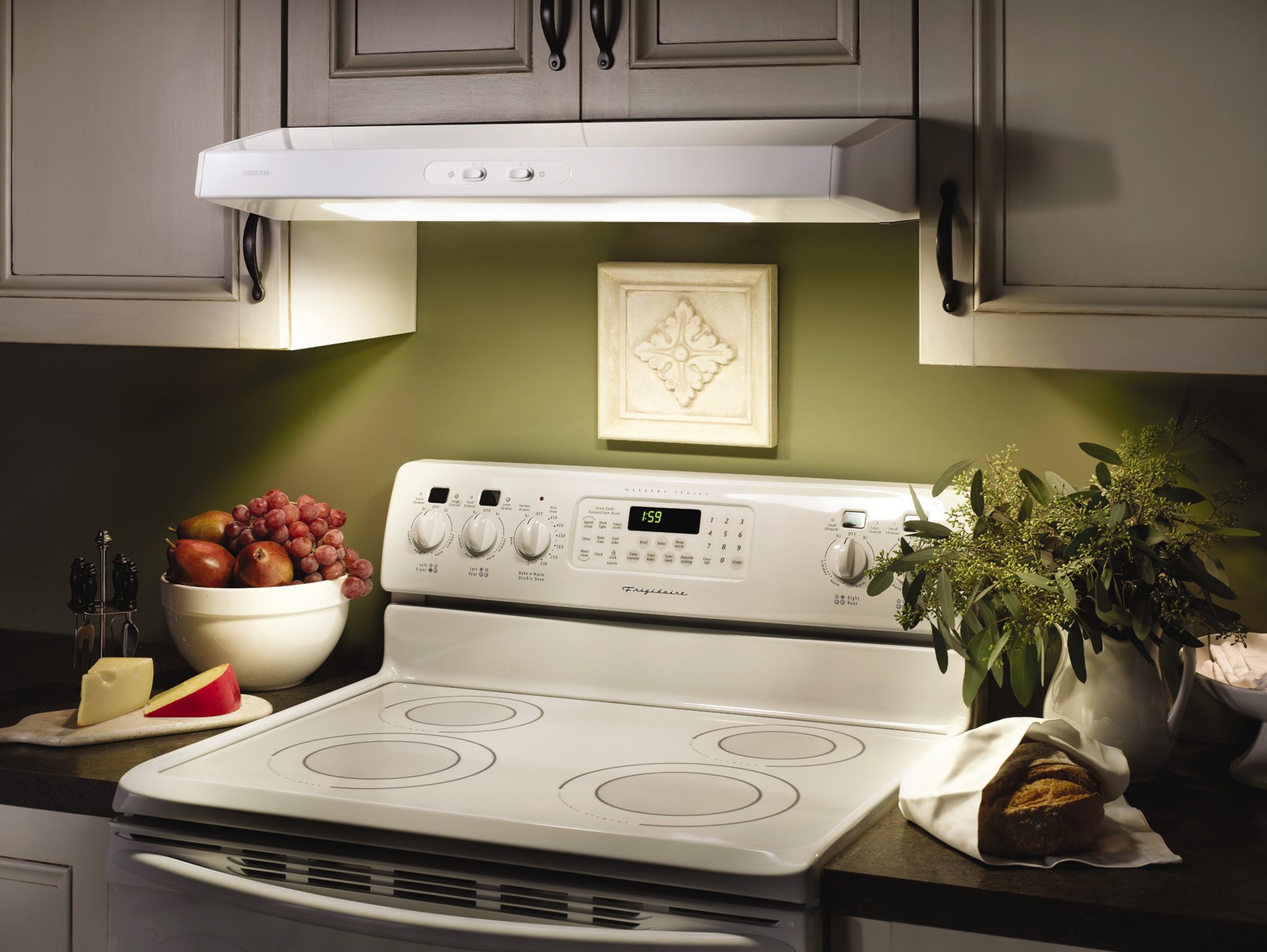The magic kitchen triangle

I want my kitchen remodel to be convenient, but also energy efficient. What designs and appliances/fixtures should I consider?—Michael T.
The most convenient kitchen is usually also the most efficient. Newer appliances reduce energy consumption, and a convenient layout means less time, water, lightin g, heating, and ventilation are needed.
g, heating, and ventilation are needed.
The three primary kitchen activity areas are the refrigerator, stove, and sink—the “kitchen triangle.” For convenience, there should be 4 to 9 feet between each area. The total should not be more than 26 feet.
Consider the typical traffic patterns through the kitchen and locate the kitchen triangle so there’s at least 2 feet of traffic space outside the triangle. If possible, put the refrigerator at the farthest tip of the triangle because it is most often accessed by others not preparing food.
Efficient appliances and fixtures
For flexibility, install a variety of lighting fixtures on many switched wiring circuits. Overhead LED PAR-type bulbs are ideal above counter areas, and LED strip lighting hidden under cabinets works well for ambient lighting.
A low-cost T8 ceiling fluorescent fixture is still effective and reasonably efficient for overall general lighting, though 2 by 2 foot LED ceiling panels may complement more modern décor.
In choosing efficient appliances, always compare the yellow energy labels and look for ENERGY STAR products.
Some tips:
While top-freezer refrigerators are still the most efficient, the style efficiency differences are not as great as they used to be. Select a dishwasher with an efficient two-pump design. A touch-control faucet with a long hose enables you to turn the water on and off with just the touch of a hand or elbow without wasting water readjusting the temperature each time.
Look for a multispeed range hood with LED lighting. Some have variable-speed controls to minimize excessive conditioned air loss from the house. Its size should be a minimum of 100 cfm (cubic feet per minute) of airflow capacity for each lineal foot of stovetop for a wall-mounted hood and at least 150 cfm for a hood over an island. The hood should be as wide as the stove and about 2 feet above it.

